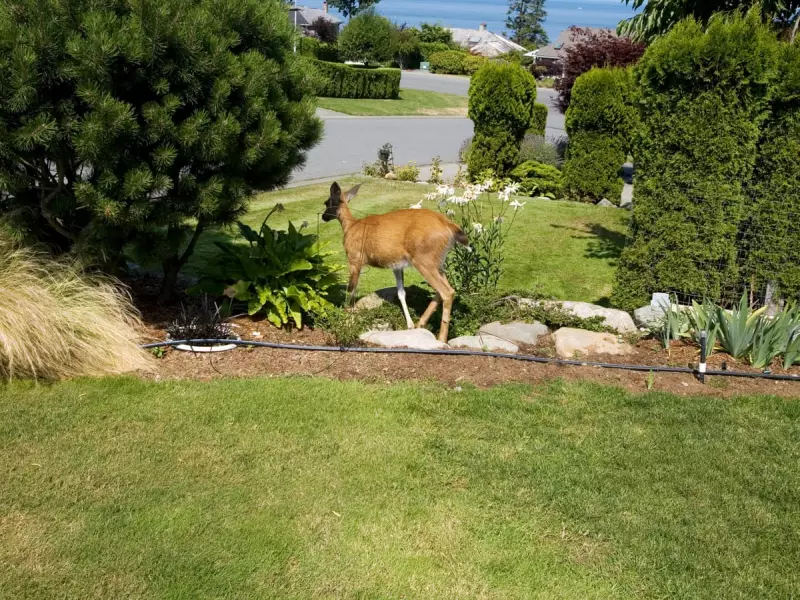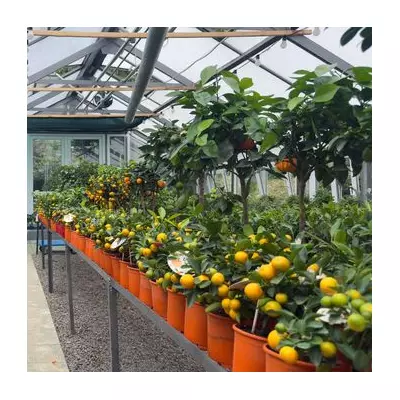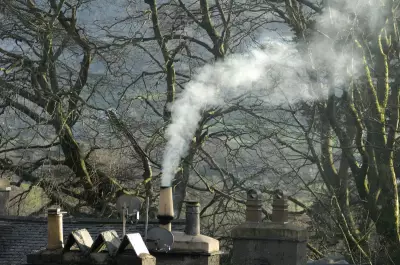
In a surprising twist of urban ecology, Britain's wealthiest suburbs are becoming unexpected sanctuaries for wildlife, with new research revealing what scientists are calling the 'luxury lizard effect'.
The Price of Biodiversity
A comprehensive study has uncovered that affluent neighbourhoods support significantly more plant and animal life than their less wealthy counterparts. The phenomenon isn't just about larger gardens - it's about how disposable income transforms urban landscapes into thriving ecosystems.
'We're seeing a clear pattern where wealth directly correlates with biodiversity,' explains the lead researcher. 'Areas with higher property values consistently host more species, from plants and insects to reptiles and birds.'
How Money Grows Greener Gardens
The luxury effect operates through several key mechanisms:
- Landscaping investments: Wealthier residents can afford diverse planting schemes, water features, and mature trees
- Garden maintenance: Regular upkeep creates stable habitats for wildlife
- Reduced hard surfaces: Larger gardens mean less paving and more green space
- Specialist features: Ponds, wildflower meadows, and wildlife-friendly planting become affordable luxuries
The Lizard Litmus Test
Reptiles, particularly common lizards, have become unexpected indicators of this phenomenon. These cold-blooded residents thrive in the complex habitats created by well-maintained, diverse gardens.
'Lizards need varied terrain - sunny spots for basking, cover for protection, and insect-rich areas for feeding,' the researcher notes. 'Wealthier gardens naturally provide this mosaic of habitats.'
The Environmental Inequality Crisis
While the findings highlight nature's resilience in urban areas, they also expose a worrying environmental divide. As one ecologist warns: 'We're creating cities where the rich enjoy access to nature while poorer communities face ecological deprivation. This isn't just about aesthetics - it affects mental health, air quality, and community wellbeing.'
Bridging the Green Gap
The research team emphasises that solutions exist to spread the benefits more equally:
- Community gardening projects in urban areas
- Local authority support for green infrastructure
- Planning policies that mandate biodiversity in new developments
- Educational programmes about low-cost wildlife gardening
As our cities continue to grow, understanding and addressing this green divide becomes increasingly urgent. The luxury effect shows what's possible when resources meet ecology - the challenge now is making those benefits accessible to all urban residents, not just the wealthy few.





